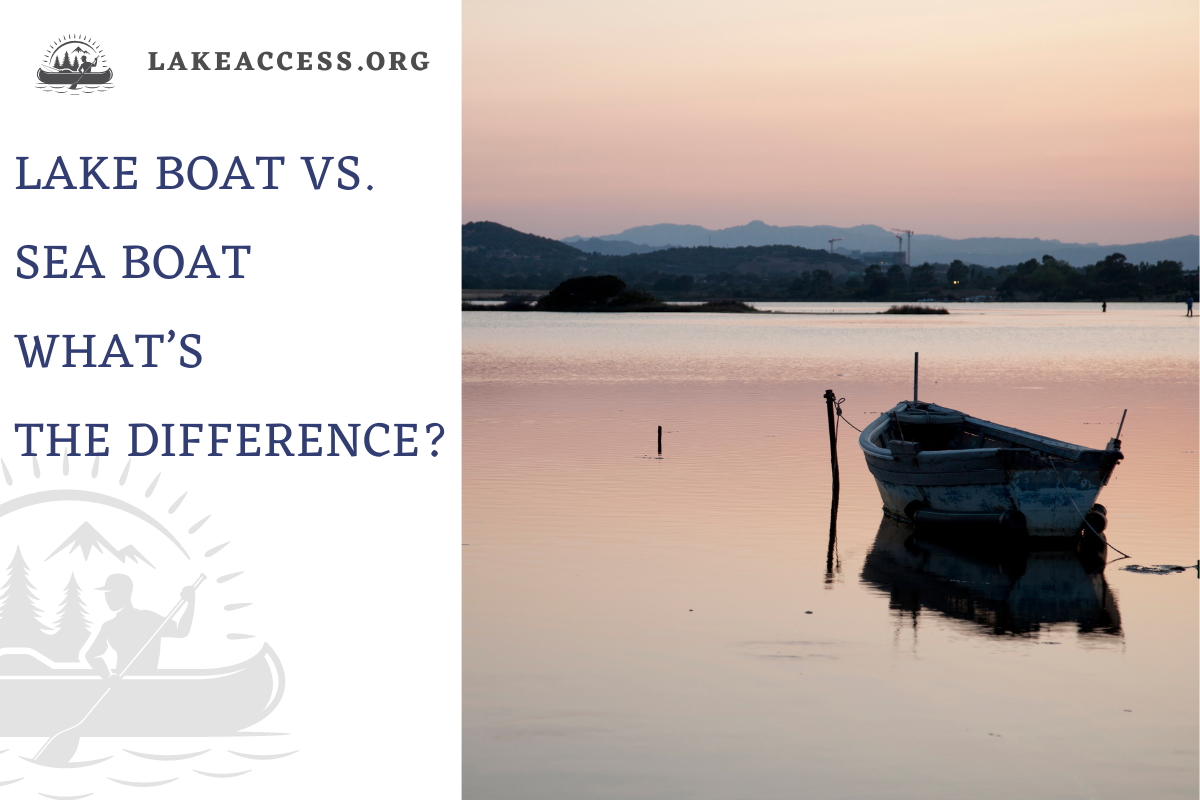We all know the feeling of being on a boat in the middle of a vast and beautiful lake. The sun is shining, the water is calm, and all you can hear are the soft ripples of waves against the hull. It’s peaceful and serene. But what if you took that same boat out into the open ocean? Would it be able to handle rough seas? Would you feel safe and secure?
The truth is different types of boats are designed for different purposes. While a lake boat can be an excellent option for leisurely days spent on the water, it will not be your best bet in more challenging conditions. So, what’s the difference between these two types of boats? Let’s take a closer look:
Lake Boats
A lake boat is a vessel that is specifically designed to navigate on lakes. Lake boats are typically smaller than ocean-going vessels and often have shallower drafts to allow them to operate in shallow waters. Lake boats may also be equipped with unique features, such as ice-breaking capabilities, that enable them to operate in colder climates.
Lake boats are used for various purposes, including transportation, fishing, and recreation. In some parts of the world, such as the Great Lakes region of North America, lake boats are an essential part of the local economy and culture. Some well-known types of lake boats include Houseboats, Pontoon boats, and Canoes.
What are the advantages of owning a lake boat?
Owning a lake boat can have several advantages, such as peacefulness, warm summer water for swimming and watersports, less maintenance, and a great fishing environment. Additionally, lake boats such as ski boats, jet skis, rowboats, canoes, and kayaks are typically easier to trailer in and out of the lake, so they can be more accessible and easier to store. Lake boats are also more affordable than ocean boats and are generally simpler to operate – meaning less of a learning curve for novice boaters. Finally, lake boats usually have enough seating and standing areas to accommodate friends and family, making them an excellent choice for cruising, fishing, and watersports.
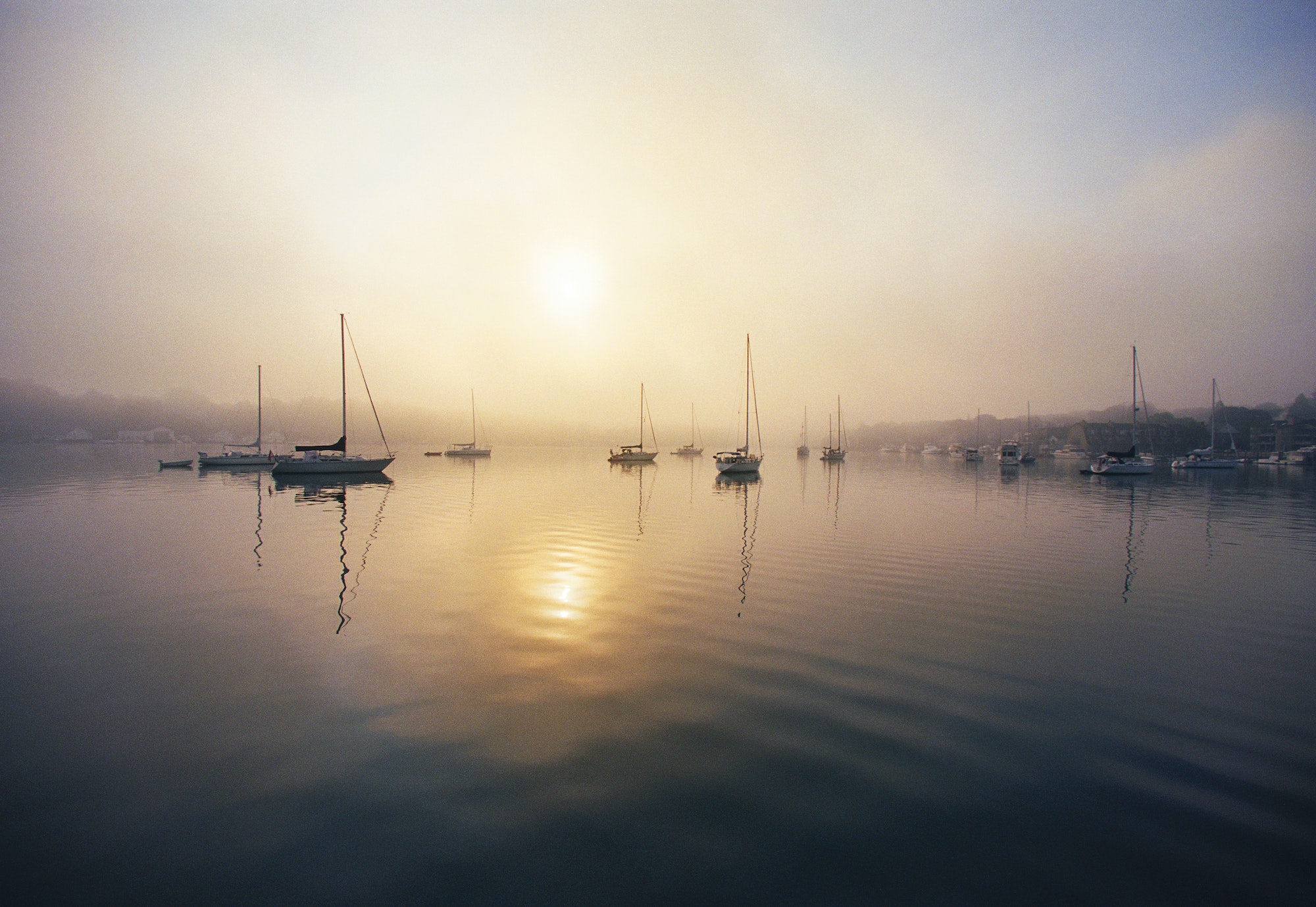
Sea Boats
Sea boats are generally larger than lake boats because they need to be able to handle rougher waters and tougher waves. They are often deeper-keeled and manufactured to cut through waves. Sea boats often require a larger crew to manage them due to their size and complexity, while lake boats are smaller and require minimal crews.
Sea boats are also often diesel or petrol-powered, while lake boats can range from electric to petrol-powered. Seaboats also have amenities such as sleeping berths, plumbing systems, and cooking galleys that lake boats may not have. Some examples of seaboats are sailboats, catamarans, and Tugboats.
What are the advantages of owning a seaboat?
The advantages of owning a seaboat are many and varied. Firstly, they are perfect for long-distance ocean voyages as they require less fuel than other vessels. They are also deep-keeled, which helps them to slice through waves and makes a smoother ride. Additionally, they can be great for exploring and discovering different terrains, such as islands, beaches, and mountains. Lastly, the saltwater doesn’t freeze easily, so you can use your boat all year round. Seaboats also have financial advantages, such as lower boat storage costs and less expensive insurance in coastal areas. Finally, if properly maintained, they can have a good resale value, despite the corrosive effects of saltwater.
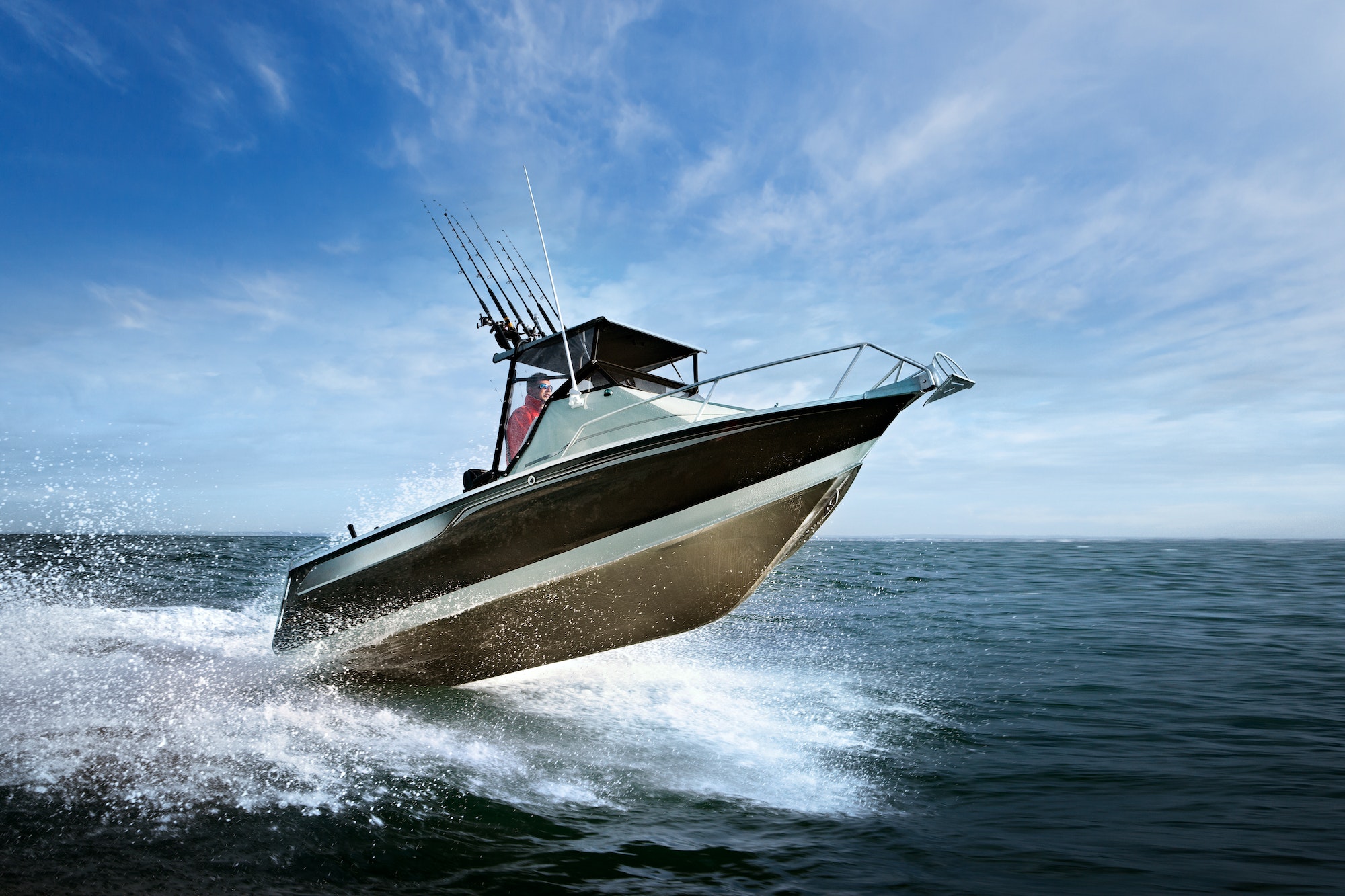
Difference Between Lake and Sea Boats
There are a few critical differences between lake boats and sea boats. Lake boats tend to be smaller and more maneuverable than their ocean-going counterparts. This makes them ideal for exploring tight spaces and shallow waters. Additionally, lake boats often have flatter hulls to provide stability in choppy conditions, while sea boats tend to have deeper hulls for better tracking in open water.
Finally, lake boats typically have less horsepower and lower top speeds than sea boats, making them more economical. So, whether you’re looking to do some fishing on your local lake or take a trip out to the open ocean, be sure to choose the right boat for the job!
| Lake Boats | Sea Boats | |
|---|---|---|
| Typical Use | Recreation, fishing, transportation on lakes | Commercial shipping, tourism, exploration |
| Size | Smaller, compact | Larger, can range from small to massive |
| Construction | Lighter materials, aluminum, fiberglass | Sturdier materials, steel, reinforced hulls |
| Hull Design | Flat bottom or shallow V-shaped hulls | Deeper V-shaped hulls for better stability |
| Maneuverability | Maneuver easily in calm waters | Designed for navigation in open, rough seas |
| Navigation Equipment | Basic navigational aids | Advanced navigational systems, radar, GPS |
| Safety Features | Life jackets, basic safety equipment | Extensive safety measures, life rafts, EPIRB |
| Weather Tolerance | Limited tolerance for rough weather | Built to withstand harsh sea conditions |
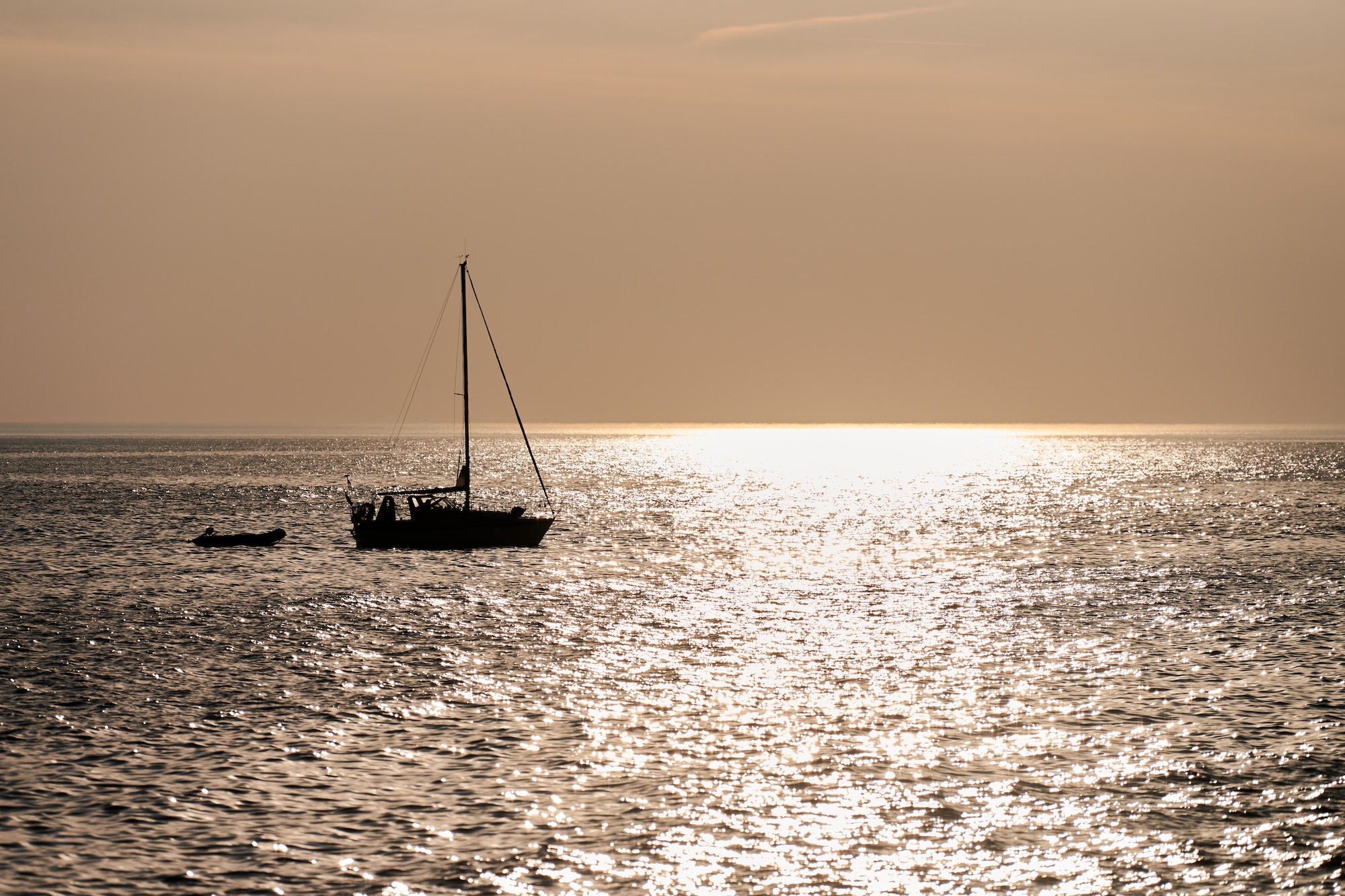
Similarities Between Lake and Sea Boats
One of the key similarities between lake boats and sea boats lies in their fundamental structure and design. Both types of vessels are built to float and navigate through water, featuring hulls that provide buoyancy and stability. The hull shapes may vary to adapt to the specific conditions they encounter, such as waves, currents, and wind. Additionally, both boats are equipped with propulsion systems, whether engines, sails, or a combination of both, to propel them forward and control their direction.
Furthermore, both lake boats and sea boats offer various amenities and accommodations to ensure the comfort and safety of their passengers. They often have seating areas, cabins, and storage compartments, allowing individuals to relax, sleep, and store their belongings during their waterborne journeys. Safety equipment, such as life jackets, navigation instruments, and communication devices, are crucial components found on both types of vessels, ensuring the well-being of those on board.
Another similarity between lake boats and sea boats is their ability to facilitate recreational activities. Both boats provide fishing, water skiing, tubing, and other water-based sports opportunities. Whether you prefer the tranquility of a peaceful lake or the excitement of the open sea, these boats allow enthusiasts to engage in their preferred water activities.
| Lake Boats | Sea Boats | |
|---|---|---|
| Vessel Type | Boats | Boats |
| Propulsion Systems | Outboard motors, inboard engines | Outboard motors, inboard engines |
| Steering Mechanisms | Steering wheel, tiller | Steering wheel, tiller |
| Basic Navigation | Use buoys, landmarks, charts | Use buoys, landmarks, charts |
| Safety Precautions | Life jackets, fire extinguishers | Life jackets, fire extinguishers |
| Maintenance | Regular cleaning, engine maintenance | Regular cleaning, engine maintenance |
| Anchoring | Use anchors and ropes for mooring | Use anchors and ropes for mooring |
| Boating Regulations | Follow local boating regulations | Follow maritime laws, international rules |
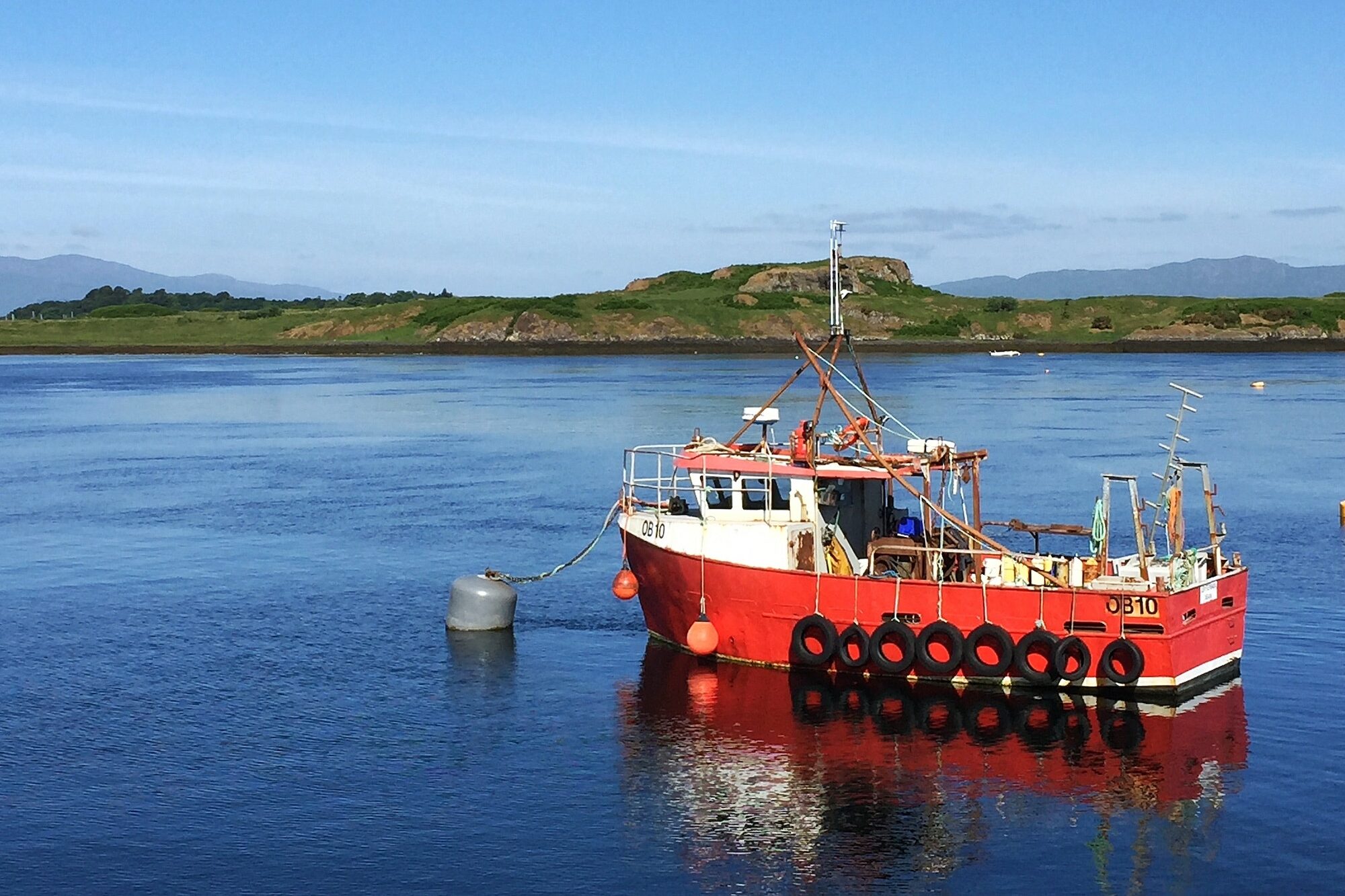
FAQs
Can we use a Lake Boat in the sea?
No, using a lake boat in the sea is not recommended. Sea conditions are much harsher than a lake, with rougher waves, stronger winds, and unpredictable weather. Additionally, lake boats are not designed or built to withstand these conditions, nor may they have the necessary safety equipment and certifications for open sea operation. While some lake boats may be able to handle some light inshore coastal waters, it is best to check the manufacturer’s specifications and consult with a marine expert before attempting to use a lake boat in the sea.
Are lake boats less expensive than sea boats?
When it comes to the cost of purchasing a boat, lake boats are generally more affordable than saltwater boats due to the materials used, construction costs, and the tougher design of saltwater boats built to withstand salt corrosion. Furthermore, boat storage around freshwater bodies is usually less costly than storage in seawater marinas, while the maintenance cost of seawater boats is relatively higher. Finally, when considering resale value, lake boats that have never taken a trip to saltwater are typically in better condition than those which have.
What types of corrosion protection are needed for a Sea boat?
Types of corrosion protection that may be needed for a Sea boat include zinc anodes, protective coatings (such as epoxy, polyurethane, or other marine-grade paint), stainless steel, galvanic isolation, and regular cleaning and maintenance.
Zinc anodes act as sacrificial anodes, corroding preferentially to the metal parts they protect, while protective coatings provide a barrier between the metal and the salt water. Stainless steel is more corrosion-resistant than other types of metal, and galvanic isolation is used to separate different metals on the boat to prevent electrolysis. Regular maintenance and cleaning are also essential to remove salt and other debris that can accelerate corrosion.
Ultimately, it’s best to consult with a marine expert to determine the best course of action for corrosion protection.
What type of engine is best for Lake boats?
When choosing a boat for lake boating, the best engine is an outboard. Outboard motors are cheaper to maintain and easy to work on, making them ideal for smaller boats such as ski boats, jet skis, and fishing boats. Outboards also don’t suffer from salt corrosion like inboard engines, which is a common problem for boats in salt water.
What type of trailer is needed for a Sea boat?
When choosing a trailer for a sea boat, it is essential to consider the towing capacity, size and configuration, brakes and suspension, type of hitch, material, features, and legal requirements. The trailer must be rated to handle the weight of the sea boat, including any additional equipment or accessories that will be transported. It should also accommodate the size and shape of the sea boat, including any overhangs or protrusions. Regarding brakes and suspension, sea boats are typically heavier than lake boats and require a trailer with brakes and good suspension.
The trailer should have a hitch compatible with the towing vehicle, such as a ball hitch, pintle hitch, or gooseneck hitch. It is typically made of either aluminum or galvanized steel and may come with additional features such as adjustable bunks, guide poles, and winches. Finally, it is essential to ensure that the trailer and its components meet the legal requirements of the area where the boat will be used.

